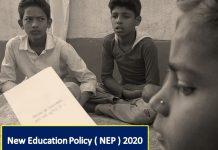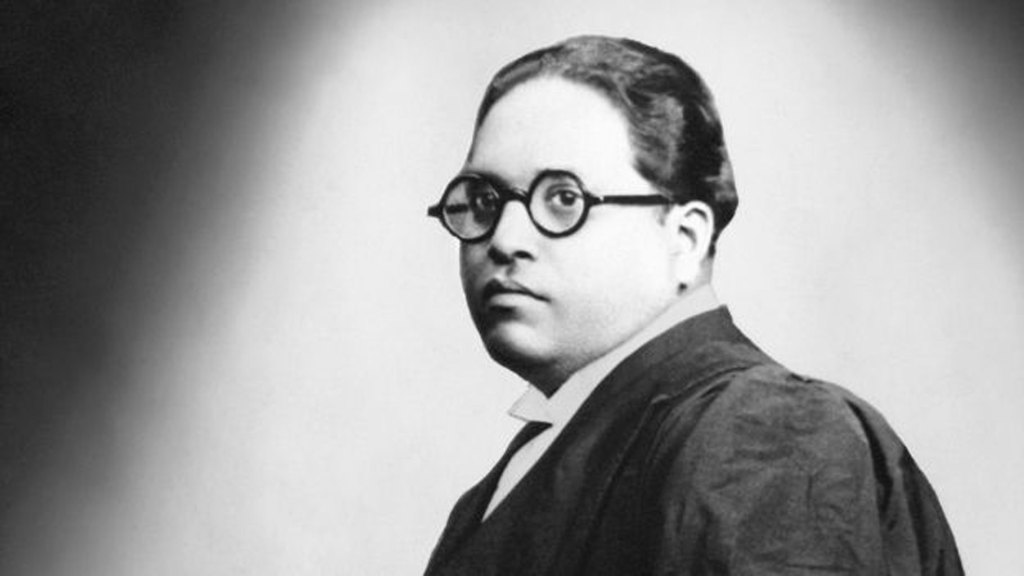The New Education Policy (NEP) is being extensively reviewed and talked about since it came out in the public domain. Like most policy documents, there are promises and ideological conscriptions galore but also prescriptions. One such prescription for higher education and its foundational characteristics beckons attention. The NEP discusses the structure and length of degree programmes, in particular the undergraduate programmes. It states that the UG programmes will be of “3 year or 4-year duration with multiple exit options within this period, with appropriate certification” (p.37, para 11.9). This proclamation has tremendous implications for the organisation and nature of UG education, the largest segment of HE in India (All India Survey on HE in India, GoI 2019). 79.8% of students are enrolled in UG programmes and this decision is therefore significant as it adversely impacts and will influence their experience of HE in the country. The NEP imagines undergraduate education through a three tier structure, from a short-cycle certification, to an assemblage of credits leading up to a degree, to a further differentiation of those who would go on to complete and foster a purely academic trajectory, i.e., the four-year research and scholarly direction.
As a policy prescription, it is important to engage with the ground narrative that may have informed the inclusion of this strategy as a policy norm for HEIs.
Something similar was proposed by the University of Delhi through its Four Year Undergraduate Programme (FYUP) with multiple exit options in 2013. That decision was seen as an institutional experiment and was vehemently opposed by students, teachers and faculty association of DU alike. There were debates over implications of normalising exit, the layers of inequity that were arguably camouflaged in the charity of “certification”, the lack of evidence that four year was “better” than the three year “honours” or even the sanctity of the variable of “time” as a factor in learning. The structure that the NEP now legitimises had thus been given to us as preview through the DU’s FYUP.
The India of 2014 is perhaps very distinct from India of 2020, from the confidence and boldness with which the state intervenes and mediates in all walks of life, and yet no considerable progress can be seen in terms of material and infrastructural advancements. The challenges that the critics of FYUP pointed towards during 2013-14 remain the same.
The debates on academic reforms and nature of undergraduate degree and equity, somehow got scuttled in view of the government support to the opposition of FYUP, which resulted in the roll back of the programme in June 2014. It has been six years since DU went through the chaos of FYUP rollback. The individuals and groups opposing DU’s FYUP had feared that the experiment would lead the way to becoming a policy norm, and the roll back perhaps signalled a pause, as we can see now. University autonomy had been compromised by the very visible MHRD intervention in university affairs during FYUP. And yet, it is the same dispensation that has legitimised the abandoned proposal today. In the context of FYUP, the DU teachers’ association had pressed the claim that an educational experiment which was not aligned to the existing educational policy was against the law of the land. The administration however had argued that the policy was not prescriptive and university had the autonomy to explore new directions aligned with the future vision for higher education in the country.
The formative discourse that defined the University of Delhi’s enthusiasm to take a lead in projecting the change as an institutional innovation has finally taken root six years later. What have we as an academic community lost in the six years of DU being forced to abandon the FYUP experiment? By UGC fiat, most universities in India have already adopted the Choice Based Credit System (CBCS) framework. The pandemic has led the way to normalising the blended education context, with access to online modes of education becoming recognised and indeed validated in the post-Covid context. We are gradually moving along the path of thinking about, if not higher education for all, then higher education for many.
As greater percentage of eligible population completes school, the numbers aspiring for higher education is likely to increase. The infrastructure, however, is not likely to increase or augment in the same proportion. It makes sense from the political perspective to anticipate the discontent with public machinery if affordable higher education is going to remain outside the reach of masses. The decoupling of the undergraduate degree into three trajectories, which may very likely end up as being its dismantling, can achieve a lot on that front for the state. What would a certificate of doing six-seven foundation level courses in Bachelor of Arts programme signify for an employer? While recognising the time and effort spent at an academic institution, the signalling effect of such a certificate is likely to remain ambiguous and indeed irrelevant, unless qualification frameworks are juxtaposed against graduate attributes and outcomes. This is exactly what the UGC has been working on for the last three years. On paper, a lot will happen to indicate a transformation in higher education in the country. Such a centrally conceptualised and induced change will alter the institutional landscape but much more significantly it is likely to camouflage the deep seated questions of equity in access and quality of education.
One wishes at this point that the FYUP had indeed had a complete run. India and its educational community would have known exactly where the shoe pinches. How the distinction between the three-year track and the four-year research track unfolds along class and affordability lines, we could have known from the DU experience. We are in a context where universities constantly struggle with and complain about the lack of capacity for critical and original thinking that students carry from school education. Further, given the social context that colleges provide for unlearning, one needs to critically engage with the implications of the now naturalised transactional relationship that credit accumulation discourses hold for the aims of higher education and its nature in the country. The integrity of an academic programme is not simply a sum of its parts; it is not an algorithm! If it were, we could have successfully cloned the AIIMS, IIMS, IITs and even JNUs easily in this country. The fact remains that policy requires a context, the context requires institutions, and institutions are about people and contingencies. They are about unique contexts, people, and circumstances coming together to foster an environment in which learning becomes meaningful. They are not simply places of transaction, where certain enrolment numbers blip out after year 1, year 2 or year 3.
These large scale changes, as we learn from case studies around the world, may just become “successful” in terms of becoming assimilated in the system or altering the system. The larger questions which the academic community and the civil society would have to constantly remind themselves of are about the new age “academic migrants” who will move from one virtual door to another in search of learning and knowledge—one that actually counts for something— as well as in pursuit of their intellectual aspirations and social mobility. If one gets a certificate and 32 credits stamped from DU and another 24 stamped from IGNOU and maybe another few from JNU, what is going to be the sum total of academic experience that this person carries in the name of HE? What is the social capital that a college promises to a first generation academic aspirant that the new policy may end up debilitating and put out of reach? HEIs and educators need to recognise and engage with the challenges that this conception of HE as equivalent to credit scores on an academic passbook is going to pose to the social context of HE in the country.
Manasi Thapliyal Navani teaches at School of Education Studies, Ambedkar University, Delhi.













